SpaceX to test-fire rocket ahead of Axiom-1 private astronaut mission
Friday, 01 April 2022 23:46 SpaceX plans to test-fire a Falcon 9 rocket on Monday ahead of its first private astronaut mission, Axiom-1, to the International Space Station.
The test, dubbed a static fire test, is a routine part of prelaunch procedures.
All nine of the Falcon's Merlin 1D engines will briefly fire up as the rocket is held firmly to the launch pad. The ignition will enable engineers to ensure
SpaceX plans to test-fire a Falcon 9 rocket on Monday ahead of its first private astronaut mission, Axiom-1, to the International Space Station.
The test, dubbed a static fire test, is a routine part of prelaunch procedures.
All nine of the Falcon's Merlin 1D engines will briefly fire up as the rocket is held firmly to the launch pad. The ignition will enable engineers to ensure SpaceX launches fourth dedicated rideshare mission
Friday, 01 April 2022 22:00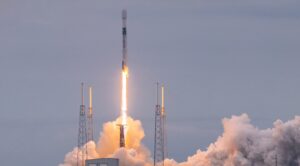
SpaceX launched the fourth in its series of dedicated rideshare missions April 1, placing one relatively large satellite and dozens of smallsats into low Earth orbit.
The post SpaceX launches fourth dedicated rideshare mission appeared first on SpaceNews.
NASA begins critical final test on mega Moon rocket
Friday, 01 April 2022 16:38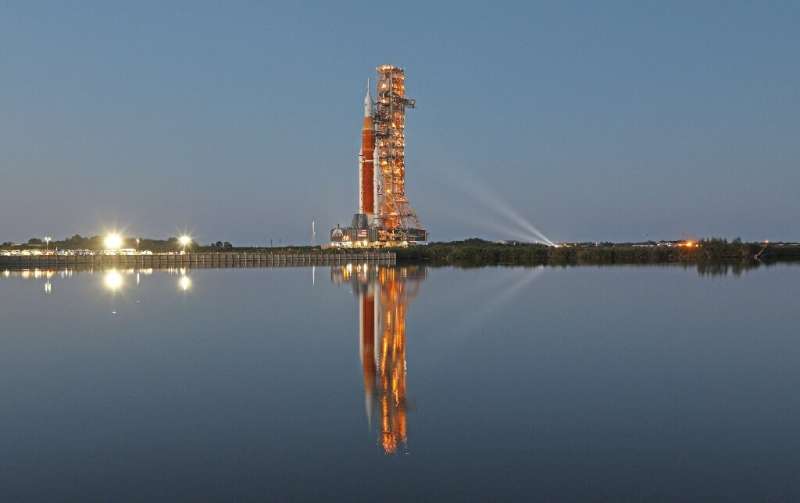
NASA on Friday begins a critical two-day-long test of its giant Space Launch System (SLS) rocket complete with a mock countdown, as the agency gears up to return humans to the Moon.
Known as the "wet dress rehearsal," it is the final major test before the Artemis-1 mission this summer: an uncrewed lunar flight that will eventually be followed by boots on the ground, likely no sooner than 2026.
"It is our last design verification prior to our launch," senior NASA official Tom Whitmeyer said in a call with reporters this week.
Miniaturized laser systems to seek out traces of life in space
Friday, 01 April 2022 16:36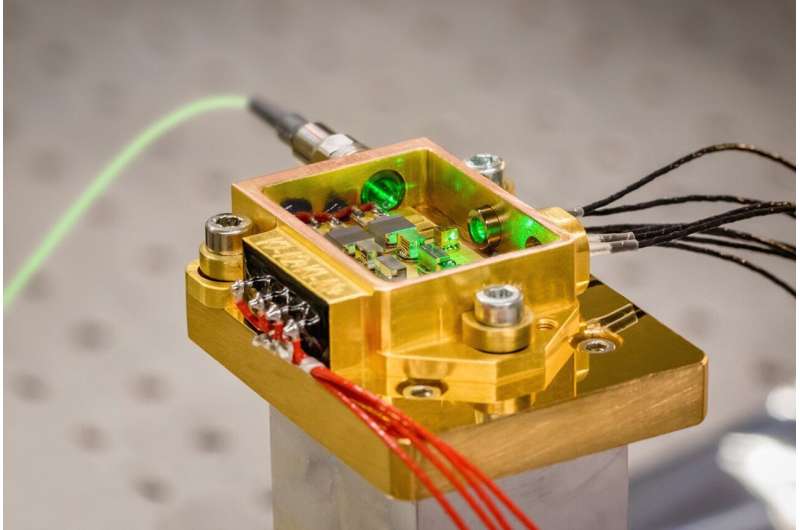
Was there life on Mars? This is the question that the European Space Agency (ESA) is setting out to answer with its ExoMars mission. The mission, in which Russia is a participant, is scheduled to launch this fall, although recent political developments have raised questions as to whether this will be possible. Part of the mission is an exciting analytical system that was designed to operate in space and was created as part of the research work conducted at the Fraunhofer Institute for Applied Optics and Precision Engineering IOF. The Jena-based researchers developed the miniaturized laser module for the ExoMars Rover's mobile laboratory. The institute will present this Raman spectrometer, which is fitted with a diode-pumped solid-state laser and is the size of a 50-cent coin, at the Laser World of Photonics in Munich from April 26 to 29.
Week in images: 28 March - 1 April 2022
Friday, 01 April 2022 12:10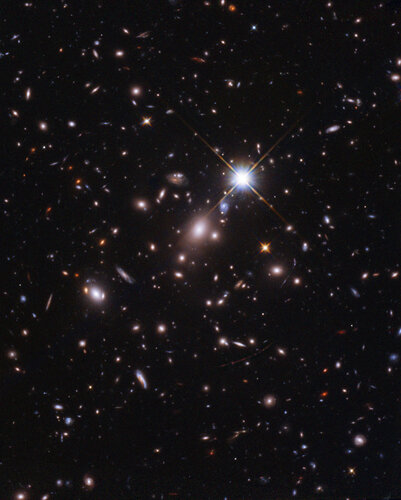
Week in images: 28 March - 1 April 2022
Discover our week through the lens
First audio recorded on Mars reveals two speeds of sound
Friday, 01 April 2022 11:34 The first audio recordings on Mars reveal a quiet planet with occasional gusts of wind where two different speeds of sound would have a strange delayed effect on hearing, scientists said Friday.
After NASA's Perseverance rover landed on Mars in February last year, its two microphones started recording, allowing scientists to hear what it is like on the Red Planet for the first time.
In a
The first audio recordings on Mars reveal a quiet planet with occasional gusts of wind where two different speeds of sound would have a strange delayed effect on hearing, scientists said Friday.
After NASA's Perseverance rover landed on Mars in February last year, its two microphones started recording, allowing scientists to hear what it is like on the Red Planet for the first time.
In a NASA still working with Russia on ISS seat barter agreement
Friday, 01 April 2022 08:32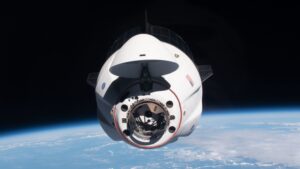
NASA officials say they are still hopeful to complete a seat barter agreement with Russia in time to allow an exchange of seats on missions this fall despite the tensions between Russia and the West.
Viability of using commercial rockets to transport cargo quickly focus of Space Force research
Friday, 01 April 2022 08:09 When a natural or humanitarian disaster occurs halfway around the world, the U.S. Space Force (USSF) aims to send a rocket filled with food, water and other essential supplies to the site in one hour. With the help of UCF researchers, they may be able to achieve this goal within the next decade.
UCF is one of seven universities to receive funding through the USSF's University Consortium Re
When a natural or humanitarian disaster occurs halfway around the world, the U.S. Space Force (USSF) aims to send a rocket filled with food, water and other essential supplies to the site in one hour. With the help of UCF researchers, they may be able to achieve this goal within the next decade.
UCF is one of seven universities to receive funding through the USSF's University Consortium Re SCOUT, USSPACECOM sign agreement to share space situational awareness services
Friday, 01 April 2022 08:09 SCOUT Inc. a space tech company developing next-generation space traffic management and autonomous proximity operations services, and the Department of Defense of the United State of America (DoD), through the United States Space Command (USSPACECOM), have signed an agreement for space situational awareness (SSA) services and data.
The agreement, which was finalized in November of 2021, is
SCOUT Inc. a space tech company developing next-generation space traffic management and autonomous proximity operations services, and the Department of Defense of the United State of America (DoD), through the United States Space Command (USSPACECOM), have signed an agreement for space situational awareness (SSA) services and data.
The agreement, which was finalized in November of 2021, is South Korea tests first solid-fuel rocket in wake of North Korea ICBM launch
Friday, 01 April 2022 08:09 South Korea successfully tested its first home-produced solid fuel rocket Wednesday, the country's military said, in a boost to its space-based defense capabilities just days after North Korea test-launched an intercontinental ballistic missile.
The South Korean rocket was fired from a site in Taean, about 93 miles southwest of Seoul, the defense ministry said in a statement. Accompanying
South Korea successfully tested its first home-produced solid fuel rocket Wednesday, the country's military said, in a boost to its space-based defense capabilities just days after North Korea test-launched an intercontinental ballistic missile.
The South Korean rocket was fired from a site in Taean, about 93 miles southwest of Seoul, the defense ministry said in a statement. Accompanying Planet-scale MRI
Friday, 01 April 2022 08:09 Earthquakes do more than buckle streets and topple buildings. Seismic waves generated by earthquakes pass through the Earth, acting like a giant MRI machine and providing clues to what lies inside the planet.
Seismologists have developed methods to take wave signals from the networks of seismometers at the Earth's surface and reverse engineer features and characteristics of the medium they
Earthquakes do more than buckle streets and topple buildings. Seismic waves generated by earthquakes pass through the Earth, acting like a giant MRI machine and providing clues to what lies inside the planet.
Seismologists have developed methods to take wave signals from the networks of seismometers at the Earth's surface and reverse engineer features and characteristics of the medium they Earth from Space: Barranquilla, Colombia
Friday, 01 April 2022 07:00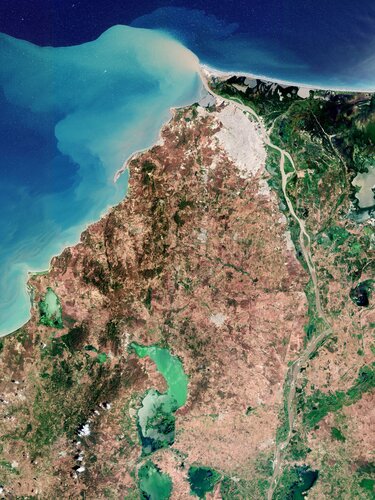
Barranquilla, the capital of the Atlántico department in northwest Colombia, is featured in this image taken by the Copernicus Sentinel-2 mission.
On the road to cultured meat for astronauts and Earthlings
Friday, 01 April 2022 01:32 Cultured meat could be a game changer for the environment, food security, human health and animal welfare. But some challenges prevent it from reaching its full potential. Now ESA is supporting researchers to explore the possibility of growing cultured meat to feed astronauts. Overcoming the challenges of growing meat in space could also help us find solutions to produce it sustainably and effec
Cultured meat could be a game changer for the environment, food security, human health and animal welfare. But some challenges prevent it from reaching its full potential. Now ESA is supporting researchers to explore the possibility of growing cultured meat to feed astronauts. Overcoming the challenges of growing meat in space could also help us find solutions to produce it sustainably and effec 


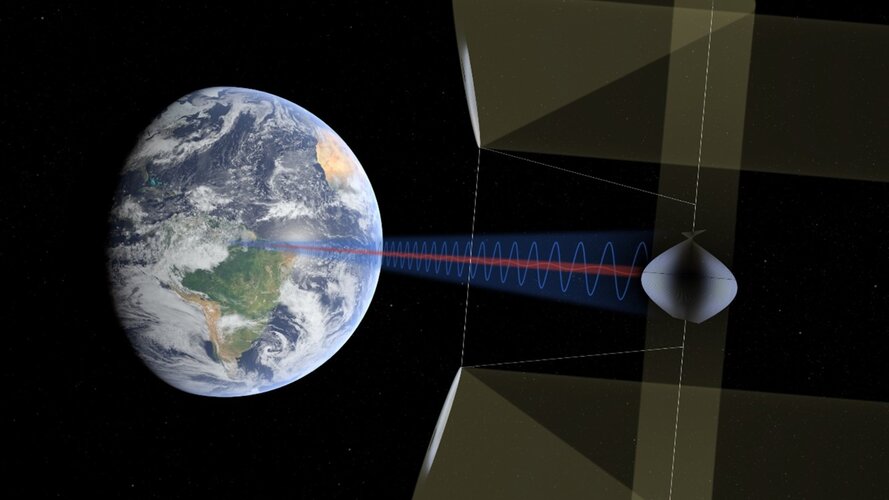 Image:
Solar power down
Image:
Solar power down